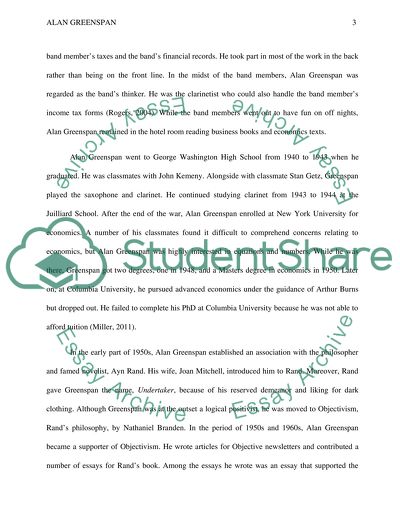Cite this document
(“Alan Greenspan - Biography Term Paper Example | Topics and Well Written Essays - 1500 words”, n.d.)
Retrieved from https://studentshare.org/macro-microeconomics/1457218-alan-greenspan-biography
Retrieved from https://studentshare.org/macro-microeconomics/1457218-alan-greenspan-biography
(Alan Greenspan - Biography Term Paper Example | Topics and Well Written Essays - 1500 Words)
https://studentshare.org/macro-microeconomics/1457218-alan-greenspan-biography.
https://studentshare.org/macro-microeconomics/1457218-alan-greenspan-biography.
“Alan Greenspan - Biography Term Paper Example | Topics and Well Written Essays - 1500 Words”, n.d. https://studentshare.org/macro-microeconomics/1457218-alan-greenspan-biography.


